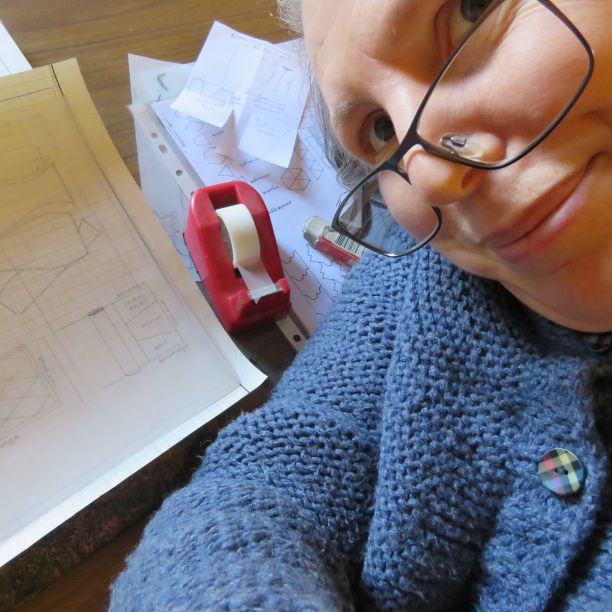On Writing Sewing Patterns

Please enjoy this little vignette I created for Instagram, showing how I write a sewing pattern. The pattern shown is doll’s clothes for the zw cloth doll.
At the end are some writing tips that I’ve found really helpful.










Here are some things that have really helped my instruction writing…
1. Write with two people in mind: (1) those who are time-poor and will skim the instructions (2) people who might need extra hand-holding and explanation. This could mean putting words in bold or italics to highlight crucial sections you don’t want missed, or adding extra details to diagrams.
2. Say more with fewer words. It makes the instructions clearer and quicker to read. I always need to go through and take out excess words after the first draft.
3. Group the sewing instructions under headings, so the reader can jump to the appropriate part. Definitely number the steps, too!
4. Use apostrophes wherever possible to give a friendlier tone. For example, it sounds more natural to say The sleeve isn’t pleated rather than The sleeve is not pleated. The one exception I make with this is for emphasis, eg DO NOT cut on this line, instead of Don’t cut on this line.
5. Don’t skip words like the and a, otherwise it tends to sound like a robot has written it. For example: instead of Put back on front and sew, try saying Put the back on the front and sew.
6. Instructions sound more lively if you start sentences with a verb, for example: instead of With the right side facing up, press thoroughly, try saying Press thoroughly on the right side.
7. Zero waste patterns require extra steps in the instructions, because often the pattern pieces are such weird shapes they’re unrecognizable, and sometimes the construction is unorthodox too. Put only one operation in each step so that you don’t lose anyone along the way, and put at least one diagram with every step.
8. By far the biggest help and influence on my pattern writing has been having an editor. A second pair of (fresh) eyes after being bogged down in a pattern for weeks makes all the difference. My editor, retired sewing teacher Anthea, is thorough, knowledgeable and gives honest opinions. She doesn’t crunch numbers or test sew anything; she simply reads for clarity and flow. My writing has actually improved as I can anticipate what she’ll say!
Cheers!
This is so helpful as I’m about to dive into writing my first epattern! Thank you!
That’s cool! I hope it goes really well.
Great advice! Thank you. I especially liked the advice on getting an editor to review your work.
Cheers Janet – editors are SO essential!
This is incredible. I thoroughly enjoyed reading this article. Thank you.
Cheers Nike 🙂
Thank you, great advices!
Thanks for reading 🙂